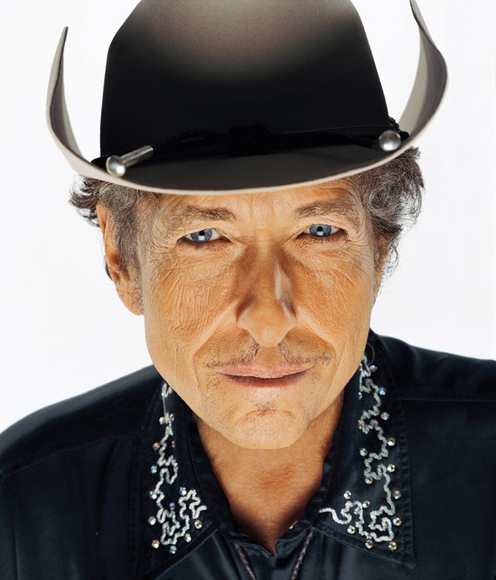Background: Close on the heels of Bringing it All Back Home, Dylan seems to be propelled by the force of his search for that “high, wild mercury sound”, adding the support of Mike Bloomfield and Al Kooper (then of The Paul Butterfield Blues Band), and Paul Griffin, Bobby Gregg, Harvey Goldstein, Charley McCoy, Frank Owens and Russ Savakus. Dylan’s ideas, both lyrical and musical seem to have been torrential at this time. One pictures Tom Wilson and Bob Johnson rushing to find a way to capture it all before it succumbed to the acoustical equivalent of evaporation. When Dylan arrived on the scene 4 years earlier his music was a product of history and his environment. By the time this album is released he is making musical history and affecting a seismic shift in the musical, if not social, environment. The state of world affairs, national economy, the political climate are becoming irrelevant to the journey upon which he has embarked. He is propelled by his own vision now.
The Recording: What is there to say but to list the titles? Like a Rolling Stone, Tombstone Blues, It Takes a Lot to Laugh, It Takes a Train to Cry, From a Buick 6, Ballad of a Thin Man, Queen Jane Approximately, Highway 61 Revisited, Just Like Tom Thumb’s Blues, Desolation Row. There they are: strung along like a choker of quality gems—sparkling each on their own and, at the same time, contributing to the overall brilliance of the work as a whole.
Conclusion: Dylan has said at some point in his career that he was most satisfied with his accomplishments on this recording. Although I haven’t been able to trace the timeframe for that statement, I would be hard-pressed to think of a time when there would be a strong argument to completely negate that opinion. He has also said that Like a Rolling Stone (emphasis on 'rolling', not 'stone') was his greatest contribution to popular music. (And whether or not it’s an honor he seeks, Desolation Row, currently is seen as his greatest contribution to literature if one takes its inclusion in The Oxford Book of American Poetry as a reliable indicator.) Personally, I certainly can find no fault with these superlatives and have realized through this project that this is the album I find most entertaining.
The Recording: What is there to say but to list the titles? Like a Rolling Stone, Tombstone Blues, It Takes a Lot to Laugh, It Takes a Train to Cry, From a Buick 6, Ballad of a Thin Man, Queen Jane Approximately, Highway 61 Revisited, Just Like Tom Thumb’s Blues, Desolation Row. There they are: strung along like a choker of quality gems—sparkling each on their own and, at the same time, contributing to the overall brilliance of the work as a whole.
Conclusion: Dylan has said at some point in his career that he was most satisfied with his accomplishments on this recording. Although I haven’t been able to trace the timeframe for that statement, I would be hard-pressed to think of a time when there would be a strong argument to completely negate that opinion. He has also said that Like a Rolling Stone (emphasis on 'rolling', not 'stone') was his greatest contribution to popular music. (And whether or not it’s an honor he seeks, Desolation Row, currently is seen as his greatest contribution to literature if one takes its inclusion in The Oxford Book of American Poetry as a reliable indicator.) Personally, I certainly can find no fault with these superlatives and have realized through this project that this is the album I find most entertaining.


